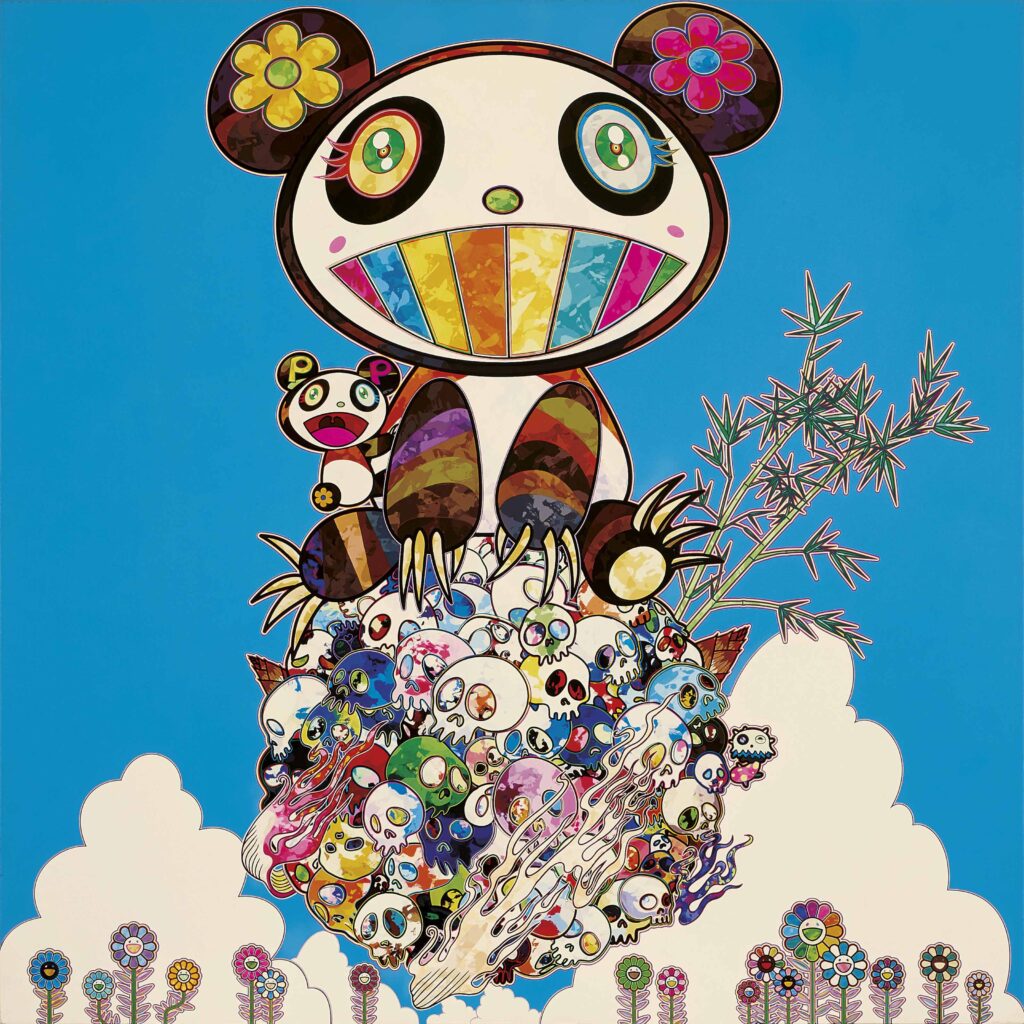
The Digital Renaissance in Traditional Art
Art has always been a mirror of technological progress, from the development of oil paints in the Renaissance to the rise of photography in the 19th century. Today, we stand at the forefront of a digital renaissance where traditional art is being transformed through cutting-edge technological innovations. From AI-generated assistance to augmented reality (AR) displays, artists are merging age-old techniques with modern tools, redefining the very fabric of creative expression.
Why Technological Integration Matters in Traditional Art
The merging of technology with traditional art is not merely a trend—it is a revolution that expands artistic potential in ways previously unimaginable. This integration offers key advantages:
Enhanced Creativity – Artists can use AI tools and digital applications to experiment with colors, textures, and compositions before committing to a physical medium.
Greater Accessibility – Digital formats allow artworks to reach global audiences via online galleries and virtual exhibitions.
Preservation and Documentation – Advanced scanning and blockchain technology ensure the longevity and authenticity of traditional artworks.
Interactivity – Augmented and virtual reality applications enable audiences to engage with art in new and immersive ways.
Far from replacing conventional artistry, technology acts as a catalyst, enabling artists to push creative boundaries while staying rooted in traditional techniques.
Top-Selling Hybrid Artworks and Market Impact
The fusion of technology with traditional art has gained remarkable traction in high-profile auctions and galleries. Some notable sales include:
Takashi Murakami’s NFT-Enhanced Paintings – Blending traditional Japanese nihonga techniques with blockchain-based digital enhancements, Murakami’s hybrid works have fetched millions at auction.
Beeple’s Physical-Digital Fusion Art – Known for his record-breaking digital sales, Beeple has also introduced physical works with embedded digital components, with pieces exceeding $500,000 in value.
Kota Ezawa’s Digital Watercolors – By merging traditional hand-painted techniques with animation, Ezawa has garnered widespread acclaim, with pieces selling in the $50,000+ range.
These examples underscore the increasing market appetite for artworks that bridge the gap between classic craftsmanship and modern innovation.
Pioneers of the Traditional-Tech Fusion Movement
A number of leading artists are reshaping the landscape of traditional art through technological integration:
Refik Anadol – Known for using AI and machine learning to create mesmerizing digital landscapes that interact with physical spaces.
David Hockney – A celebrated painter who has embraced digital tools like the iPad to produce works that retain his signature style.
Sougwen Chung – Blends robotics with hand-drawn gestures, producing works that blur the boundaries between human and machine.
Daniel Arsham – Incorporates 3D-printing technology into classical sculptural forms, reimagining ancient aesthetics with futuristic decay.
Each of these artists exemplifies how traditional methods can be enhanced rather than diminished by modern technology.
Traditional Art vs. Tech-Integrated Art: A Comparative Analysis
Traditional Art: Timeless Craftsmanship
Traditional art remains highly valued for its authenticity, craftsmanship, and historical significance. However, it often faces challenges such as limited accessibility, vulnerability to physical deterioration, and exclusivity in ownership.
Tech-Integrated Art: Expanding Possibilities
By leveraging technology, artists can:
Digitally archive and reproduce their works for broader accessibility.
Utilize AI and generative tools to explore new artistic possibilities.
Incorporate AR and VR to create multi-sensory experiences beyond the limitations of canvas and sculpture.
While traditional art emphasizes tangible craftsmanship, tech-integrated art offers dynamic, evolving possibilities that engage a new generation of art enthusiasts.
The Future of Technology in Traditional Art
As technology continues to advance, its role in traditional art will likely grow in several key areas:
AI-Assisted Creativity – Software tools that assist in sketching, coloring, and generating new ideas will become more sophisticated.
Blockchain Authentication – Ensuring provenance and ownership security for high-value traditional artworks.
Mixed-Reality Installations – Bridging physical and digital realms through interactive exhibitions.
3D-Printed Artistic Innovations – Allowing sculptors and painters to experiment with materials and techniques in unprecedented ways.
With increasing interest from collectors and institutions, hybrid artworks that merge technology with traditional methods are expected to see significant appreciation in both value and cultural importance.
A New Era of Artistry
The integration of technology into traditional art is not a fleeting experiment but a defining evolution in artistic expression. By embracing digital tools, contemporary artists are expanding their creative horizons while honoring the legacy of classical craftsmanship. As this fusion continues to gain momentum, the art world is poised for an exciting era of innovation, accessibility, and dynamic engagement.
The artwork used in this piece is called A Panda Family Against the Blue Sky by Takashi Murakami
For Inquiries and Exclusive Promotions:
Explore our curated offerings at Artists Breath.
Discover Our Exquisite Collection:
Immerse yourself in our distinguished selection of fine art at Artists Breath Collection.
Connect with Our Artists and Gallery:
For personalized assistance or to engage with our talented artists, please reach out at info@artistsbreath.com.
Stay Informed with Our Insights:
Subscribe to our Substack for the latest in art and culture at Artists Breath Substack.